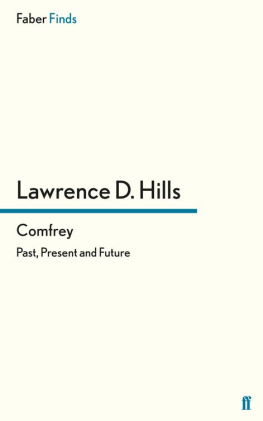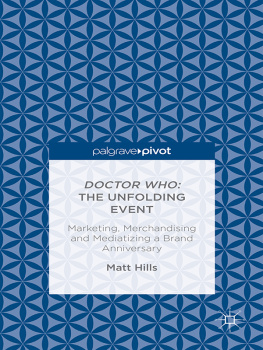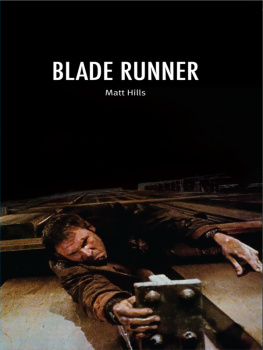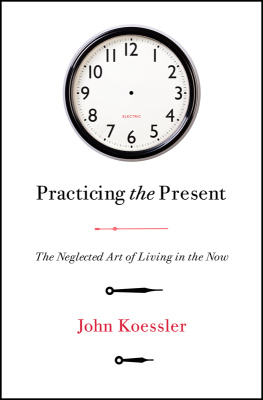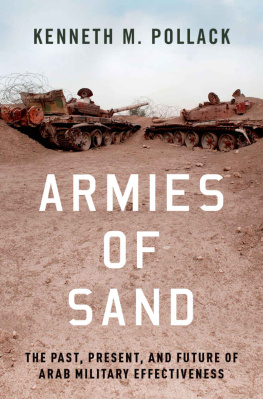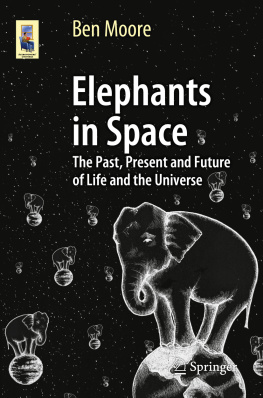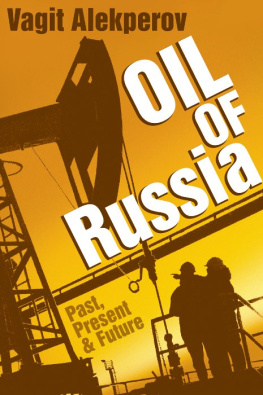Hills - Comfrey: Past, Present and Future
Here you can read online Hills - Comfrey: Past, Present and Future full text of the book (entire story) in english for free. Download pdf and epub, get meaning, cover and reviews about this ebook. City: London, year: 2011, publisher: Faber and Faber, genre: Non-fiction. Description of the work, (preface) as well as reviews are available. Best literature library LitArk.com created for fans of good reading and offers a wide selection of genres:
Romance novel
Science fiction
Adventure
Detective
Science
History
Home and family
Prose
Art
Politics
Computer
Non-fiction
Religion
Business
Children
Humor
Choose a favorite category and find really read worthwhile books. Enjoy immersion in the world of imagination, feel the emotions of the characters or learn something new for yourself, make an fascinating discovery.
- Book:Comfrey: Past, Present and Future
- Author:
- Publisher:Faber and Faber
- Genre:
- Year:2011
- City:London
- Rating:4 / 5
- Favourites:Add to favourites
- Your mark:
- 80
- 1
- 2
- 3
- 4
- 5
Comfrey: Past, Present and Future: summary, description and annotation
We offer to read an annotation, description, summary or preface (depends on what the author of the book "Comfrey: Past, Present and Future" wrote himself). If you haven't found the necessary information about the book — write in the comments, we will try to find it.
Hills: author's other books
Who wrote Comfrey: Past, Present and Future? Find out the surname, the name of the author of the book and a list of all author's works by series.
Comfrey: Past, Present and Future — read online for free the complete book (whole text) full work
Below is the text of the book, divided by pages. System saving the place of the last page read, allows you to conveniently read the book "Comfrey: Past, Present and Future" online for free, without having to search again every time where you left off. Put a bookmark, and you can go to the page where you finished reading at any time.
Font size:
Interval:
Bookmark:

PLATES
FIGURES
The line drawings for figures 1, 2, 4, 5, 6 and 7 are by David Kenning
This book is the story of a crop that has grown as fast and deeply into my life as it grows on the land. It began with Henry Doubleday whose dream it was that his crop would feed a hungry world when his vision came from the Irish Potato Famine of the 1840s, and it is mine, for today there are more people to be hungrier, far sooner than we think.
Ever since 1948, when I first grew comfrey, I have had the help of others, especially from members of the Henry Doubleday Research Association which I founded in 1954 and named in honour of the Quaker who introduced the crop. First I would thank the farmers and gardeners who rode in the Comfrey Races of 1955 and 1956, General Sir Philip Christison, L. G. Fairchild, Ian Macdonald and Paul Weir who are still with us, the late Mrs. P. B. Greer, and Vernon Stephenson, who died in January 1974. His thirty-four-year-old plot at Hunsley House Stud has been abandoned to grass and weeds, but his long experience with horses has contributed greatly to this book.
I would like to express my gratitude to Andrew Hughes of Japan for the material in this book relating to that country of 28,000 comfrey growers where he pioneered its cultivation. The worlds record for continuous comfrey production is held by Phil Phillips of Rhodesia with an average of a hundred tons an acre for seventeen successive years on his twenty-five-acre field at Mteroshanga, and I thank him for his photographs, his friendships and his generous help over the past twenty years. Thanks are also due to Dr. H. L. Knowles of Davis College, University of California , for permission to use the records of the experiments that grew over the hundred tons an acre for the first time in the U.S.A. I owe more than thanks to Mrs. Beth Setzer of Seattle for her kindness and valued assistance during my visit to the comfrey growers of the United States in 1974 and to Dr. Bargyla Rateaver for the help she has given me.
I am not medically qualified and therefore cannot write on the medicinal uses of comfrey without jeopardizing the possibilities of serious research on this plant that was the first of all the wonder drugs in A . D . 400 when it was described by Discourides. I could fill chapters with reported cures but these would not be acceptable to modern medicine in the same way that my analysis and yield figures should be to agricultural science. I have therefore used as my medical chapter the account by the late Dr. Charles J. MacAlister of his work with comfrey. He died in 1941 and his widow gave the copyright of his book to the Association so her husbands work would go on. It has been the basis of our work in this field and it is still our hope that we shall some day have a medical research team working on the development of comfrey. I would like to thank Mrs. MacAlister on behalf of all who have been helped by comfrey, and Dr. A. W. Titherley D.Sc., Ph.D., F.I.C. for Appendix 2 on the chemistry of allantoin. I would also acknowledge the help of Dr. Denys Long, Ph.D. for Appendix 1 on the possible danger of a toxic alkaloid in comfrey, which he exploded with the co-operation of the Medical Research Council. I am grateful to Mr. David Kenning for his excellent line drawings.
My first book on comfrey was published in 1953 and it has been long outdated by new discoveries. Twenty-two years later, this present book is still only an interim report, for the work of the Henry Doubleday Research Association goes on. If you are really interested in comfrey, write to me at the address belowby the time you read this our research may have written another chapter in the story of the crop that is my life.
LAWRENCE D. HILLS
HenryDoubledayResearchAssociation
Bocking
Braintree
Essex
August1975
Russian comfrey is a perennial fodder crop, in the lucerne class for nutritional value but with a vastly greater yield. This yield, in from six to eight cuts between early April and the end of November, totals forty tons an acre for a poor crop, and a hundred tons for a good one. It is a member of the order Boraginaceae and therefore avoids the galaxy of viruses and eelworms that beset so many modern crops. Its high average protein of 24 per cent of the dry matter, and low average fibre at 10 per cent when cut at the leafy stage, makes it ideally suited for pigs and poultry.
Russian comfrey is a weed: no stock will eat it; its yield in dry matter per acre is below that of orthodox fodder crops; it is impossible to get rid of, and fit only for a half-hearted trial on an odd corner of land where nothing else will grow. Its possibilities have been greatly overrated by those who sell it at high prices, and nothing reliable is known about it.
For over a hundred and fifty years these opinions in conflict, favourable and unfavourable views, have kept this plant a flying saucer of agriculture, briefly sighted still in the correspondence columns of the farming press. Yet hidden in the recurring controversy lies a crop that could lift the world out of its chronic high-grade protein shortage. Meat, butter, milk, and eggs all demand more space on the land to grow the feed that produces them than do crops for direct human consumption, which are up to eight times as efficient in terms of mouths fed per acre. In Britain we have only one-third of an acre of fertile land for every one of our fifty-three million people, and every year roughly 150,000 thirds go under homes, roads, playing fields and factories . It is only by increasing production from the thirds available for crops (and bringing less fertile land into cultivation) that we can continue to eat, especially when countries overseas do not wish to exchange the produce of their acres for the goods we have to offer.
It is the purpose of this book to clear the myth and mystery from a fodder crop whose yield, with good husbandry, far outweighs its disadvantages, for the general farmer, the pig and poultry farmer, the small-holder, and the amateur gardener and poultry-keeper.
The story of Russian comfrey begins in 1771. In this year Joseph Busch, a nurseryman and landscape gardener of Well Street, Hackney, London E.8, sold his business (which now has a London Passenger Transport Board garage on its site) to Conrade Loddige, another rising nurseryman. With the casual internationalism of the slower but freer world of horses and sailing ships, he had taken a job as head gardener to the Palace of St. Petersburg for the Empress Catherine II (the Great) of Russia. From his new job, some time between 1790 and 1801, he sent back several Symphytums as garden plants, relations of the wild S.officinale, the Common Comfrey, with which they shared the habit of having thirty-six chromosomes in each cell (see ChromosomesAtlasofCultivatedPlants by C. D. Darlington and Dr. E. K. Janaki Ammal, Allen & Unwin).
Messrs. Loddige, now and Sons, had expanded greatly, buying from St. Thomass Hospital the land that is now St. Thomass Square and Loddiges Road, whose name commemorates this famous nursery. Though they were mainly cashing-in on the great days of British greenhouses with stove plants and orchids (they were importing orchids from Montevideo, Uruguay, in 1812, the year of Napoleons retreat from Moscow), they grew a wide range of hardy subjects. These included 1,393 different species and hybrid roses and no fewer than seven Symphytums. The 16th edition of their catalogue, dated 1836, is in the Hackney Public Library. Unfortunately this is not descriptive, but like many of the more dignified publications of this time, consists of names only, rather resembling a Kew hand-list.
Font size:
Interval:
Bookmark:
Similar books «Comfrey: Past, Present and Future»
Look at similar books to Comfrey: Past, Present and Future. We have selected literature similar in name and meaning in the hope of providing readers with more options to find new, interesting, not yet read works.
Discussion, reviews of the book Comfrey: Past, Present and Future and just readers' own opinions. Leave your comments, write what you think about the work, its meaning or the main characters. Specify what exactly you liked and what you didn't like, and why you think so.

